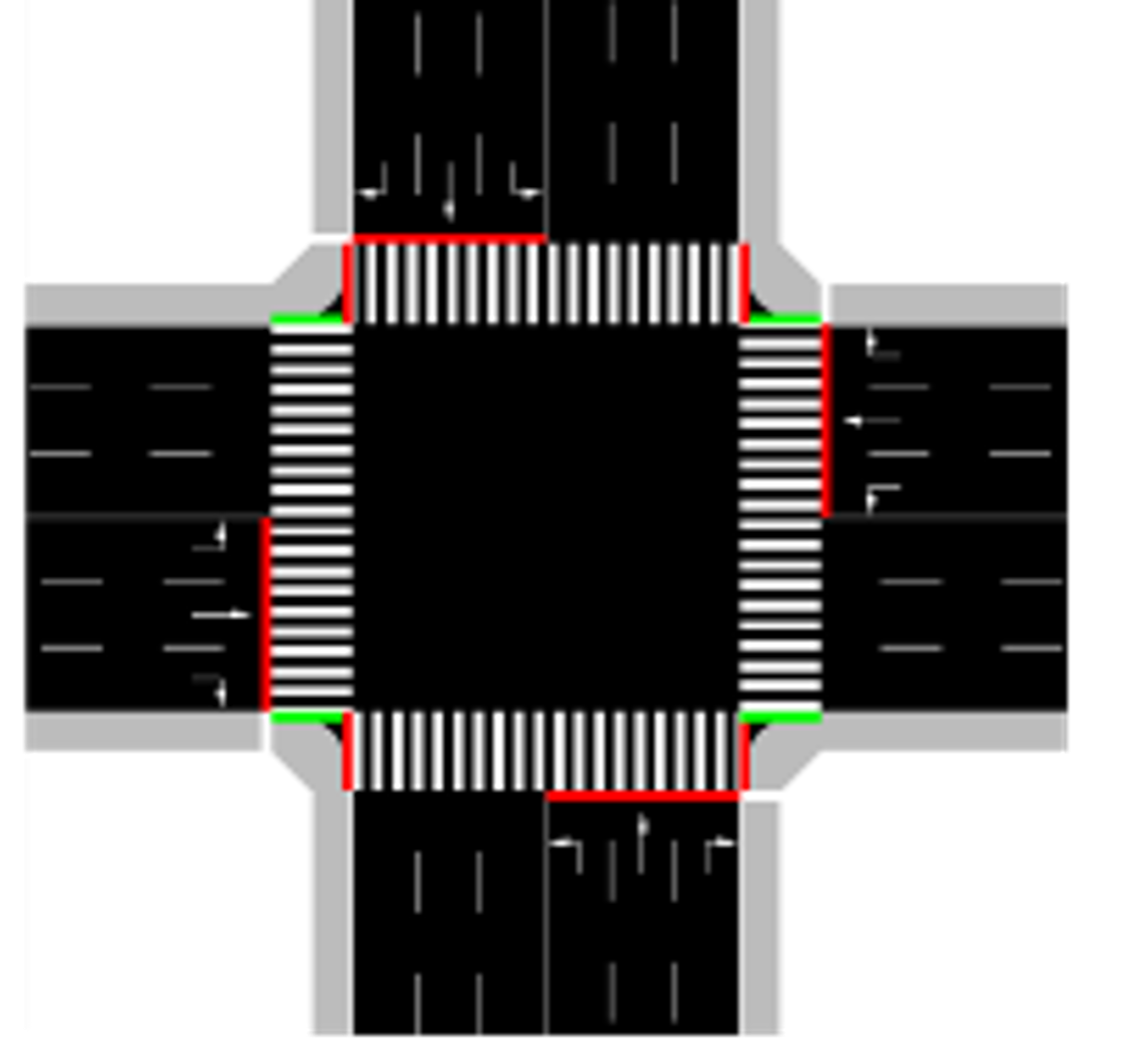C23C18
Building a Calibrated Microsimulation Platform for Modeling System-wide Cyberattack
Consequence
Investigator(s):
- Zhixia (Richard) Li, University of Cincinnati, ORCID # 0000-0002-7942-4660 (PI)
Project Description:

Figure 1 Microsimulation model with built in SUMO with calibrated driving behaviors
under cyberattacks
In today's hyper-connected digital era, the frequency and complexity of cyberattacks have seen an unprecedented rise. Microsimulation is a potent tool in understanding these complex interactions and predicting potential consequence of cyberattack on the existing transportation system. By simulating individual vehicle’s behavior within a larger interconnected traffic signal system, it allows for a granular analysis of how cyberattack propagate, escalate, and potentially destabilize entire traffic systems. Yet, for such a simulation to be effective, it needs to be properly calibrated with real-world data to ensure its predictions are accurate. The research team aims to establish a microsimulation model of a connected signalized intersection that implements the driving behaviors under cyberattacks. Because the actual vehicle trajectory under cyberattack is difficult to collect, we propose to use vehicle behavior data in response to cyberattacks at a signalized intersection, which was already collected from driving simulator experiments, and the resulting driving behavior model developed based on the driving simulation data. We plan to implement the driving behavior model into microsimulation platform VISSIM or SUMO to quantitatively represent driver behavior when the cyberattack happened. The microsimulation model with the calibrated driving behavior is expected to accurately simulate the traffic flow behavior under cyberattack events.
The objective of the research is three-fold:
- Establish a microsimulation model of a connected signalized intersection that implements the driving behaviors under cyberattacks.
- Calibrate the microsimulation model via programming based on vehicle behavior data in response to cyberattacks at a signalized intersection and the resulting driving behavior model developed from the driving simulation data.
- Understand the operational efficiency impact of cyberattacks on the connected intersection by running simulation on the calibrated simulation platform.